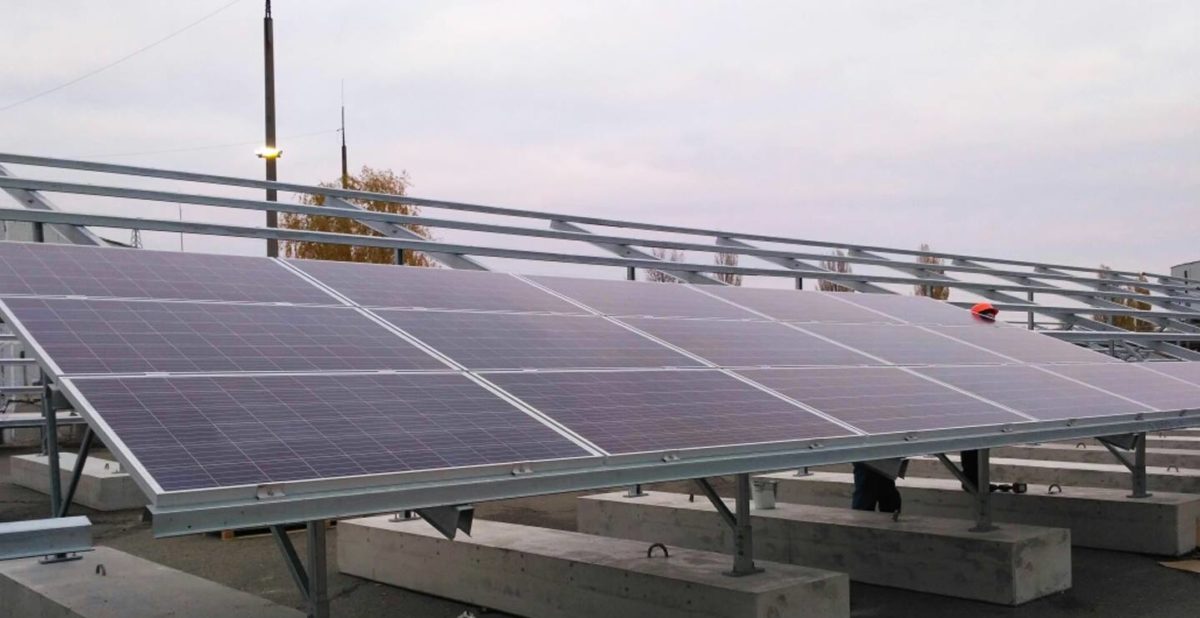Rodina states that 3762 modules have been installed at the site, with specially designed mounting systems and foundations, due to additional requirements for site and radiological safety.
The plant is being developed by a consortium of Rodina and German developer Enerparc AG. It will have a capacity of approximately 1 MW and is expected to be completed by the end of 2017.
This represents the first construction to get underway in the Chernobyl exclusion zone. In 2016, the Ukrainian Government adopted a bill to reopen the wasteland to business developments, and announced plans to turn the site of the world’s worst nuclear power disaster into a 1 GW solar power plant.
Since then, a raft of major international developers have expressed interest in the project. Earlier in 2017, pv magazine reported that Ukraine was in talks with French energy giant Engie, and later that a feasibility study backed by the French government was underway.
Though it only represents a tiny portion of the proposed 1 GW mega project, this project could be significant as it represents the first actual movement on the site after months of discussion between PV developers and politicians. The eventual size of the PV deployment in Chernobyl remains to be seen, however Ukraine’s Government has so far announced that it is seeking developers for a project with a maximum capacity of 100 MW.
Though it will be first project to be built on Ukraine’s side of the exclusion zone, the Rodina-Enerparc consortium has experience working in the area affected by the 1986 disaster, having developed a 4.2 MW project across the border in Belarus back in 2016.
This content is protected by copyright and may not be reused. If you want to cooperate with us and would like to reuse some of our content, please contact: editors@pv-magazine.com.




“It will have a capacity of 1024 MW and is expected to be completed by the end of 2017.” – maybe 1.024 MW or 1024 kW?
Corrected. Thank you!